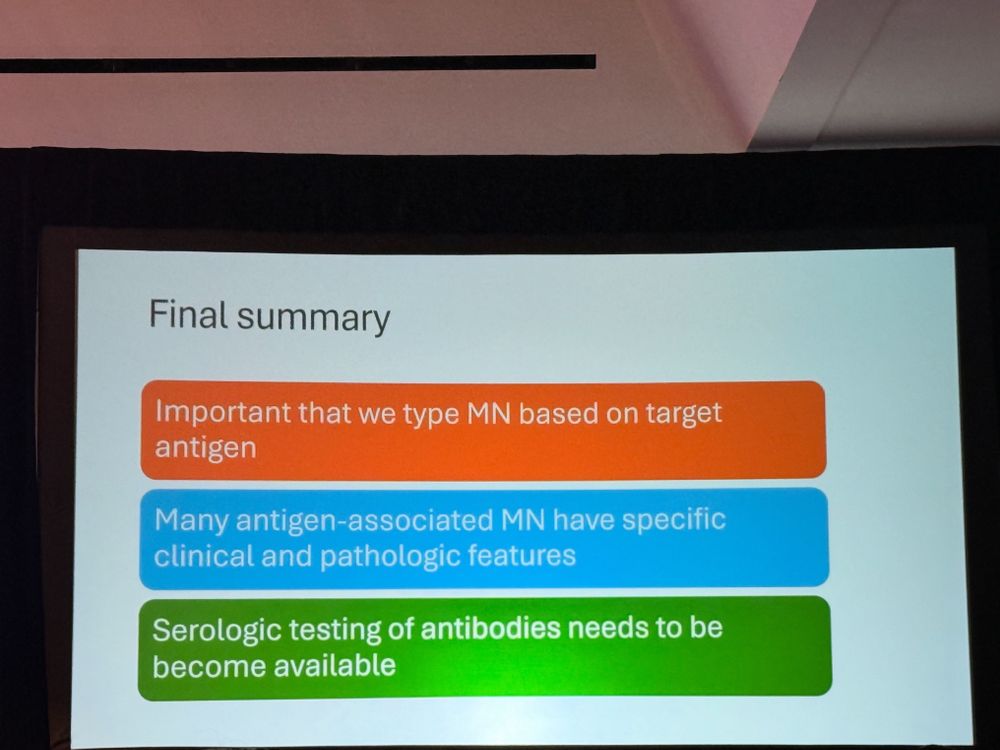@asnkidney.bsky.social | #KidneyWk

@asnkidney.bsky.social | #KidneyWk
www.nephjc.com/news/2025/10...

www.nephjc.com/news/2025/10...
Protocol nearly finalized. Looking for expertise in search strategy peer-review (PRESS checklist) + optional database searches/deduplication.
DM if interested in co-authorship for this project!
Protocol nearly finalized. Looking for expertise in search strategy peer-review (PRESS checklist) + optional database searches/deduplication.
DM if interested in co-authorship for this project!
New preprint w/ @melodyyhuang.bsky.social tries to do just that. Here's one cool figure—we're able to visualize bias of 3 estimators on the same plot

New preprint w/ @melodyyhuang.bsky.social tries to do just that. Here's one cool figure—we're able to visualize bias of 3 estimators on the same plot
with a negative anion gap." (...) Elevated levels of halides such as bromide falsely increase chloride reading.
man trying to eat a better diet asks ChatGPT how to eliminate chloride, it advises him to use *bromide* instead
he buys NaBromide from the internet
develops bromism (with psychosis)
key diagnostic clue = negative anion gap!
(more on low anion gap emcrit.org/ibcc/agma/#l...) #EMIMCC
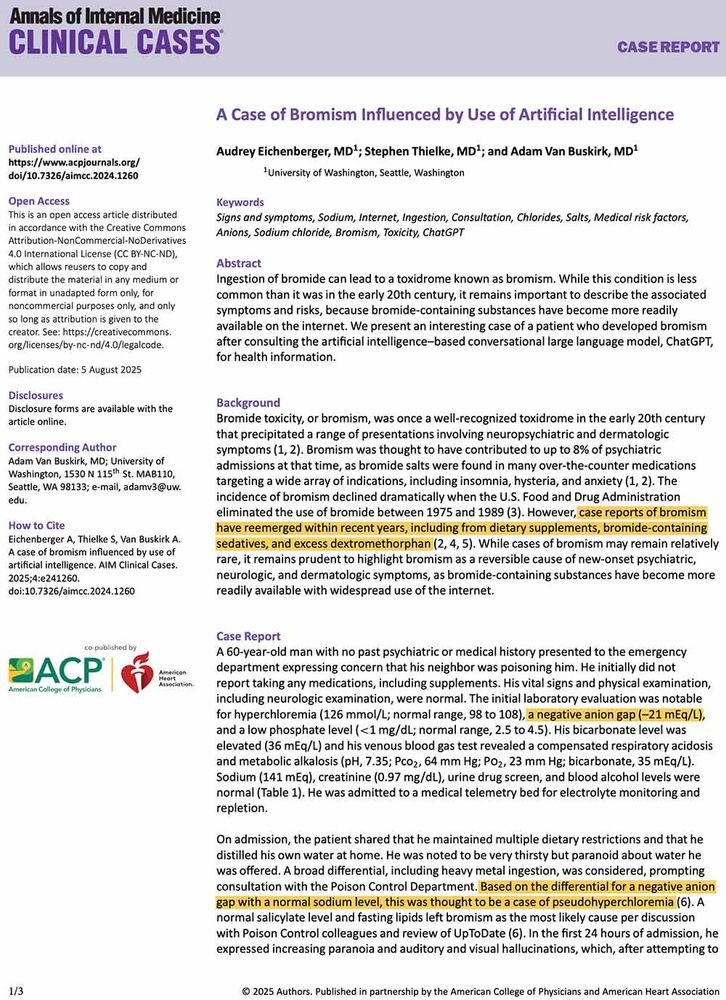
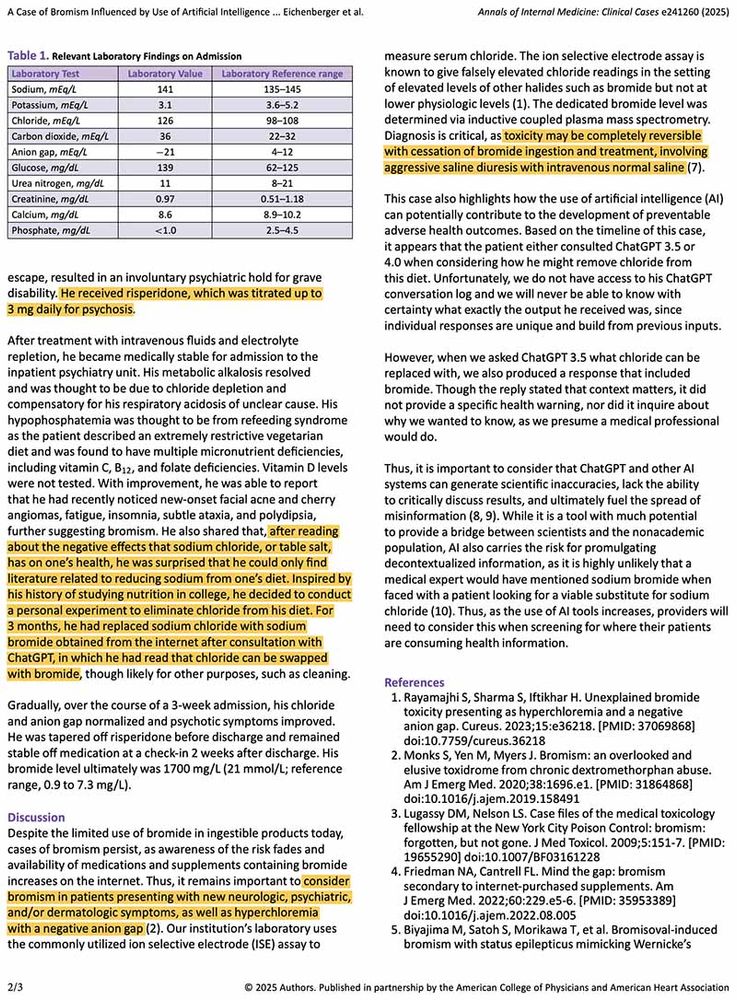
with a negative anion gap." (...) Elevated levels of halides such as bromide falsely increase chloride reading.
#Nephpearls #NephSky
👉🏼 pubmed.ncbi.nlm.nih.gov/40775013/


#Nephpearls #NephSky
👉🏼 pubmed.ncbi.nlm.nih.gov/40775013/
your statistical models through marginal means,
marginal effects, and model predictions
Thoughts: Great package for getting predicted probabilities for your models.
#rstats #r #easystats
doi.org/10.21105/jos...
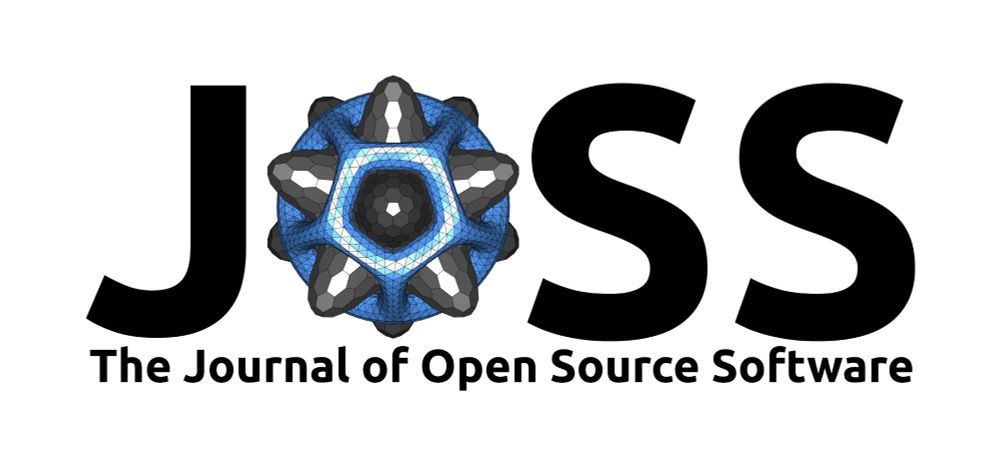
your statistical models through marginal means,
marginal effects, and model predictions
Thoughts: Great package for getting predicted probabilities for your models.
#rstats #r #easystats
doi.org/10.21105/jos...
#VisualAbstract by @md_abdulqader83
www.kireports.org/ar...
@lobbedezt.bsky.social @clemencebechade.bsky.social
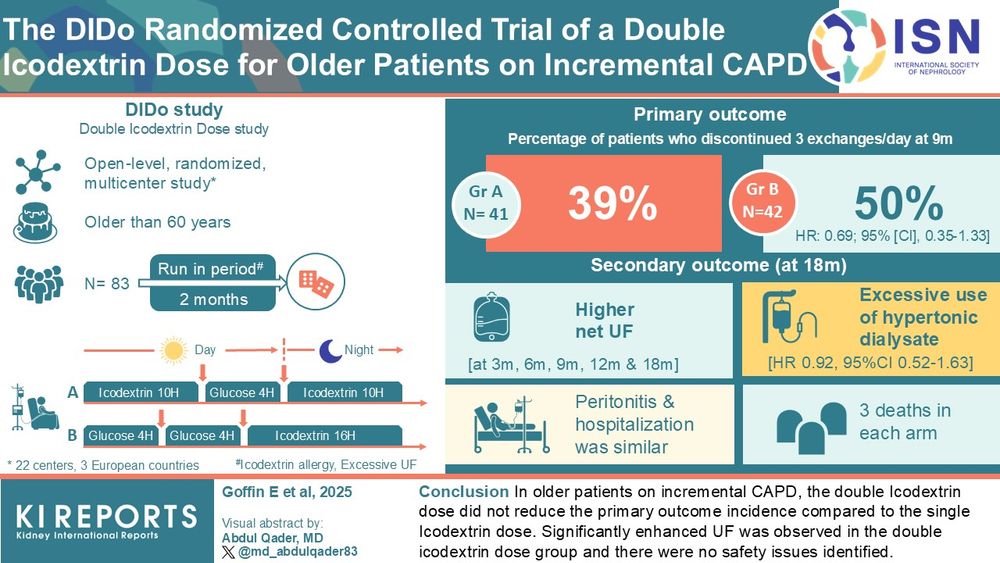
#VisualAbstract by @md_abdulqader83
www.kireports.org/ar...
@lobbedezt.bsky.social @clemencebechade.bsky.social
That's what @brunolemaitre.bsky.social et al. have done. Fly immunity is highly replicable & offers lessons for #metascience
A 🧵 1/n


That's what @brunolemaitre.bsky.social et al. have done. Fly immunity is highly replicable & offers lessons for #metascience
A 🧵 1/n
(F-test compares variances, not means🤡)
Source: doi.org/10.3390/cell...


(F-test compares variances, not means🤡)
Source: doi.org/10.3390/cell...
While CKD typically causes hypermagnesemia due to ↓GFR, researchers from Osaka University found that ~15% of CKD patients paradoxically develop hypomagnesemia instead.
academic.oup.com/ndt/article/...
🧵1/3
#NephSky #Nephrology
While CKD typically causes hypermagnesemia due to ↓GFR, researchers from Osaka University found that ~15% of CKD patients paradoxically develop hypomagnesemia instead.
academic.oup.com/ndt/article/...
🧵1/3
#NephSky #Nephrology
#MedSky
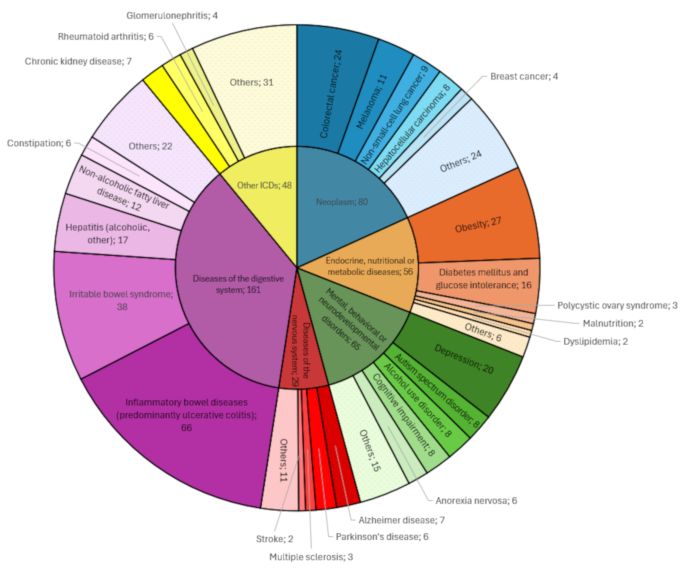
#MedSky
🔎1/5
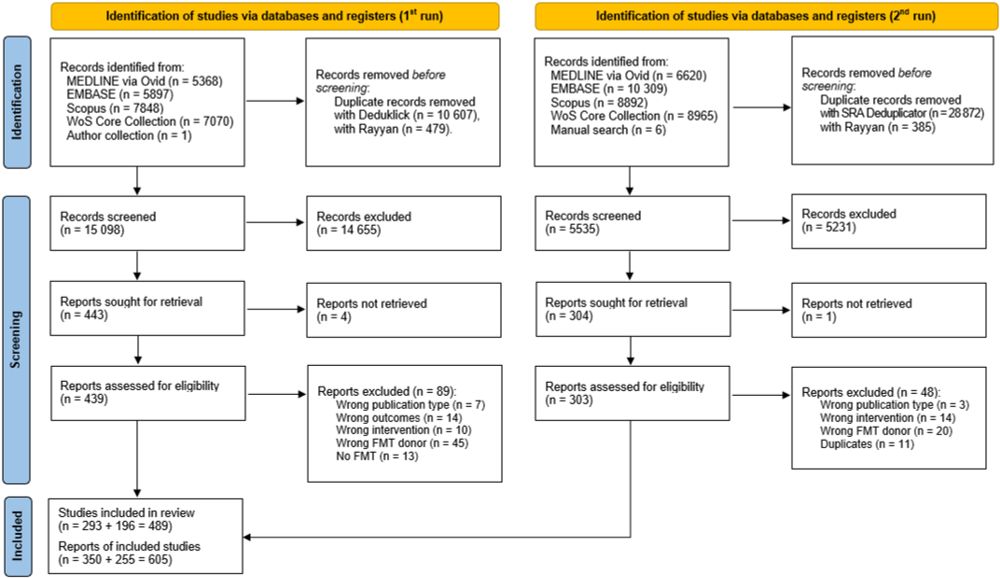
🔎1/5
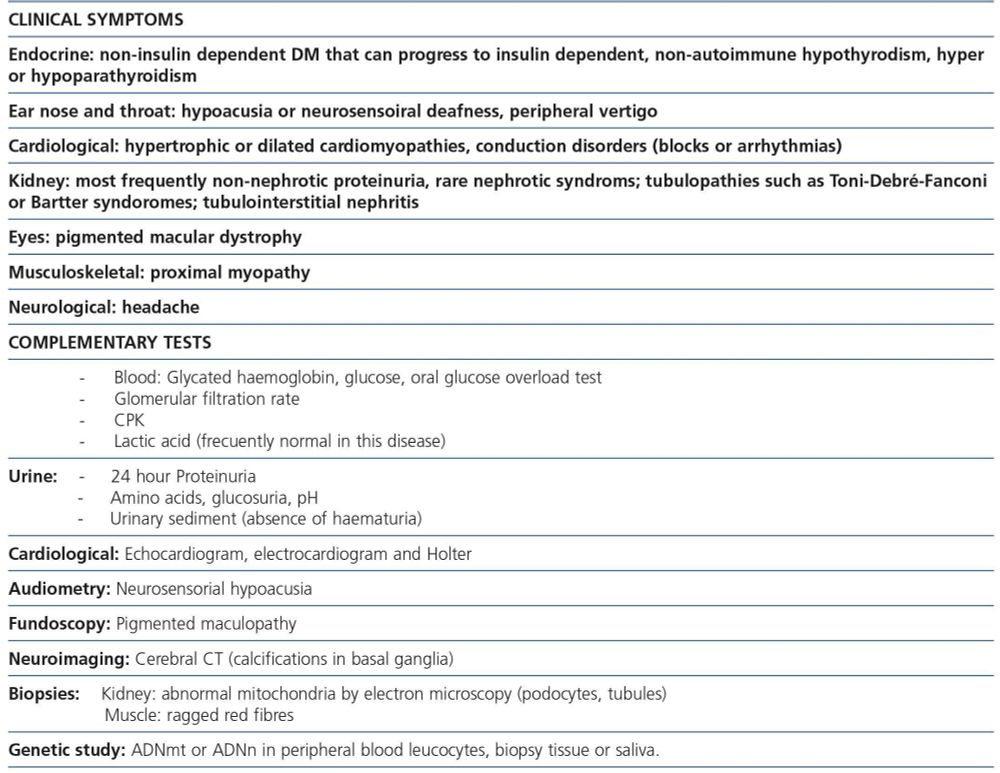

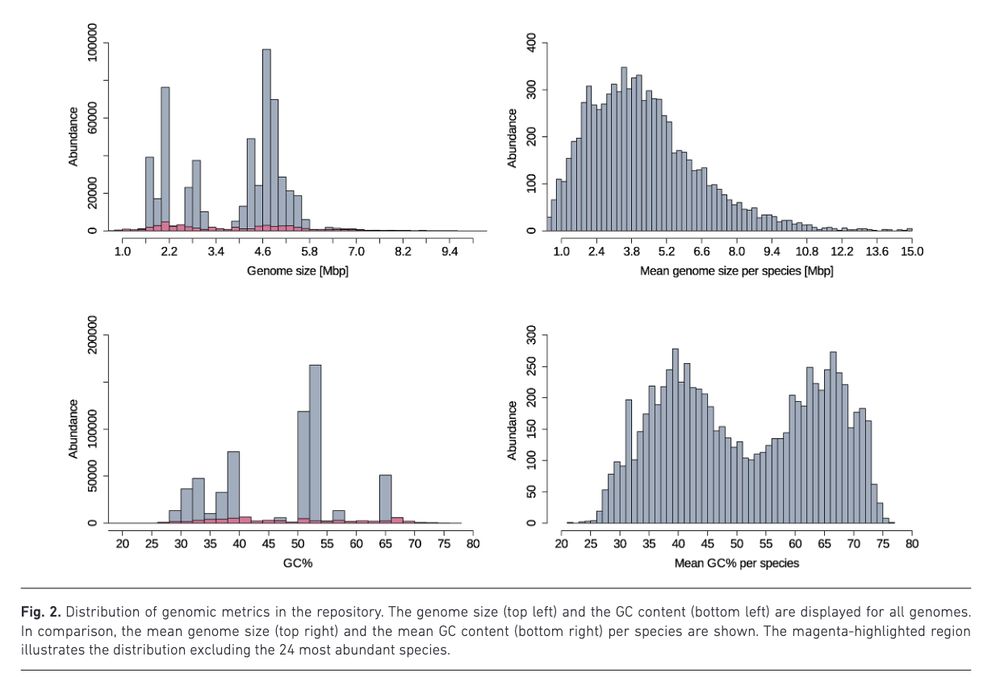

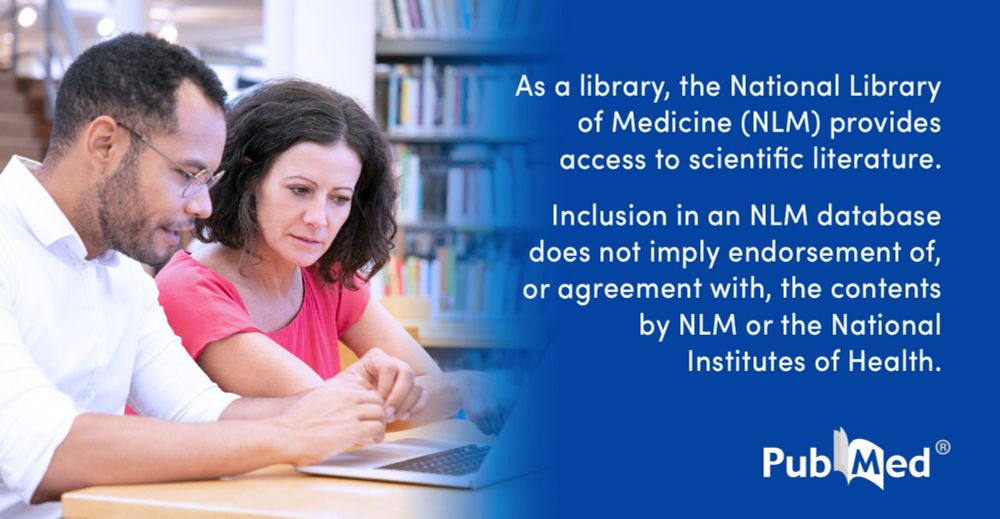
link.springer.com/article/10.1...
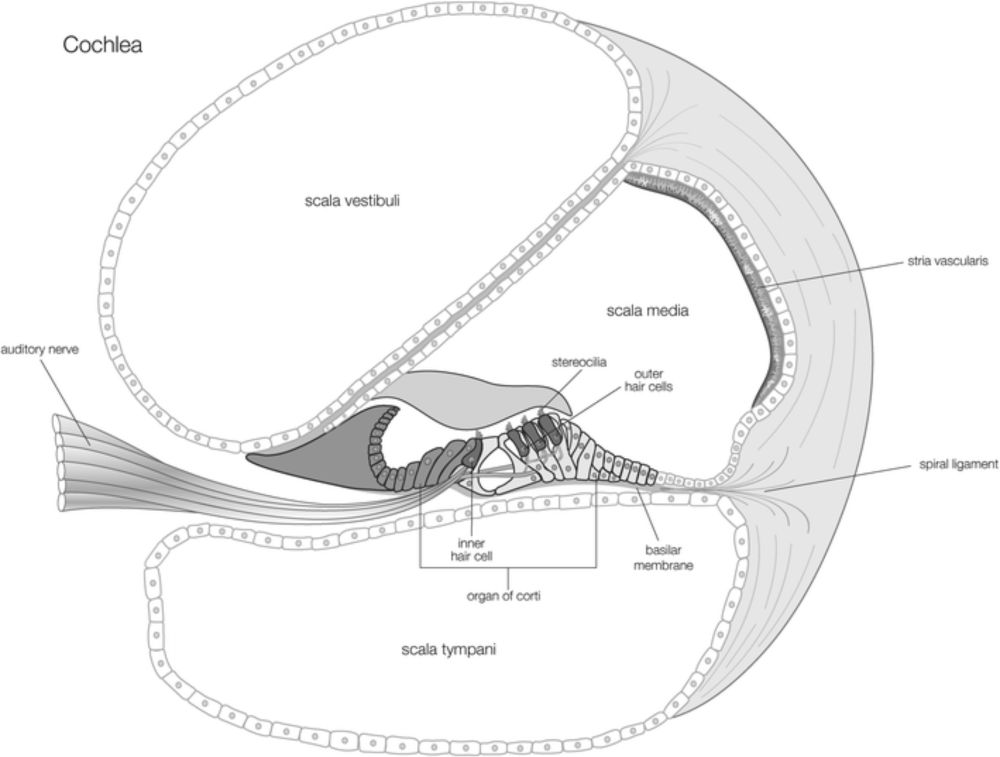
link.springer.com/article/10.1...
By Dr. Nasr at @glomcon.org
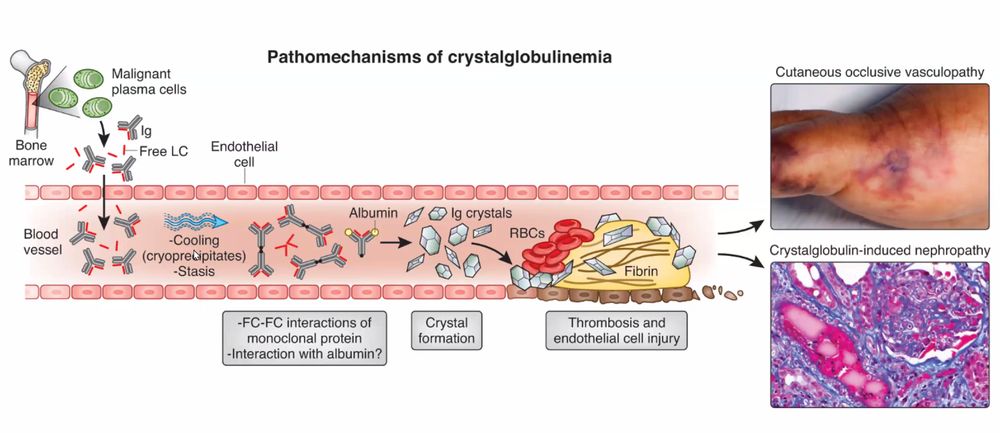

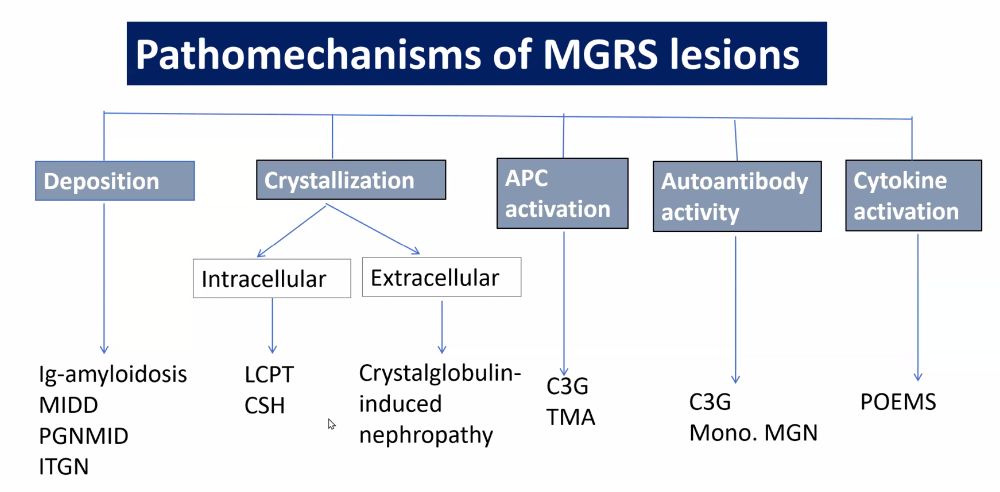
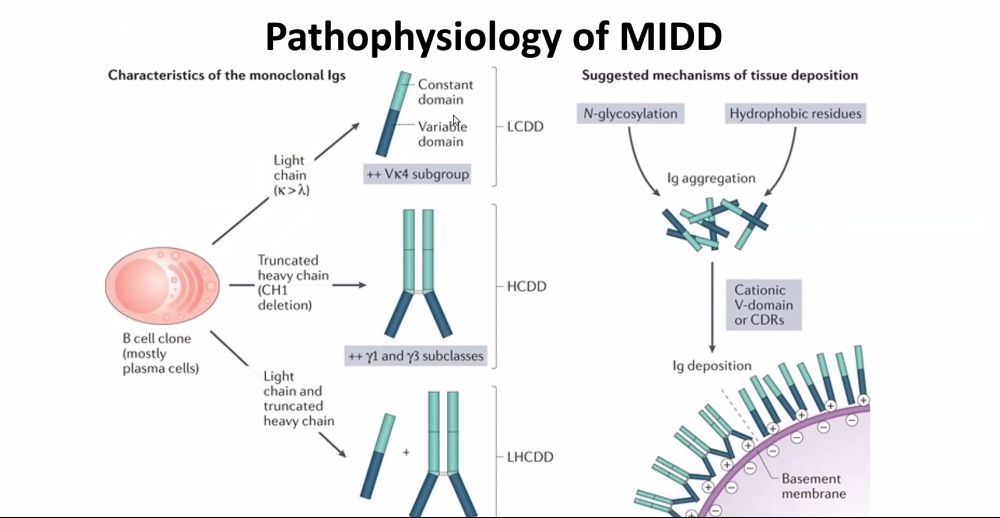
By Dr. Nasr at @glomcon.org
easystats.github.io/modelbased/n...
The last weeks we were working a lot on improving support and performance for Bayesian models and especially
easystats.github.io/modelbased/n...
The last weeks we were working a lot on improving support and performance for Bayesian models and especially
Thoughts: Not always a good idea to transform data, but if you do you need to know what it means.
#log #transformation #datatype #data #model #nonlinear #r #guide
library.virginia.edu/data/article...
Thoughts: Not always a good idea to transform data, but if you do you need to know what it means.
#log #transformation #datatype #data #model #nonlinear #r #guide
library.virginia.edu/data/article...


